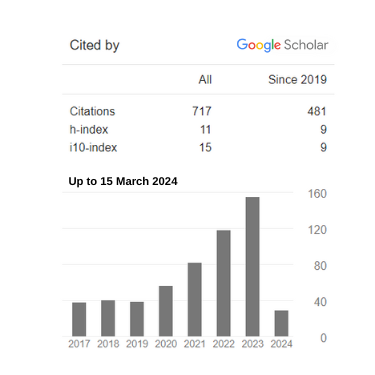AIRLINE PASSENGERS’ SCREENING: AN APPRAISAL FROM THE ISLAMIC LAW PERSPECTIVE
DOI:
https://doi.org/10.31436/iiumlj.v23i1.157Keywords:
Airline passengers, passengers’ screening, imaging technologies, pat down, Islamic lawAbstract
The alarming rate of aviation offences such as the offence of aircraft hijacking in the 21st century warrants the need to adopt various preventive and suppressive measures to prevent these offences. The current method to prevent and suppress these offences is to subject every passenger to screening of their body and baggage through the imaging technologies and physical searching called “pat down”, the purpose of which is to detect the presence of weapons, explosives and other dangerous materials that will aid the commission of any of these offences. As a sequel to the adoption of these methods, many queries have been raised especially from the human rights activists who argue that the so-called imaging technologies intrude on the fundamental human rights of passengers. While some passengers support the argument of the activists, others are in support of the aviation security practitioners. The question therefore is: what is the position of Islamic law on the screening of airline passengers using imaging technology? The present article intends to answer this question.
Metrics
Downloads
Published
How to Cite
Issue
Section
License
- Consent to publish: The Author(s) undertakes that the article named above is original and consents that the IIUM Press publishes it.
- Previous publication: The Author(s) guarantees that the article named above has not been published before in any form, that it is not concurrently submitted to another publication, and that it does not infringe anyone’s copyright. The Author(s) holds the IIUM Press and Editors of IIUM Law Journal harmless against all copyright claims.
- Transfer of copyright: The Author(s) hereby transfers the copyright of the article to the IIUM Press, which shall have the exclusive and unlimited right to publish the article in any form, including on electronic media. The Journal in turn grants the Author(s) the right to reproduce the article for educational and scientific purposes, provided the written consent of the Publisher is obtained.















